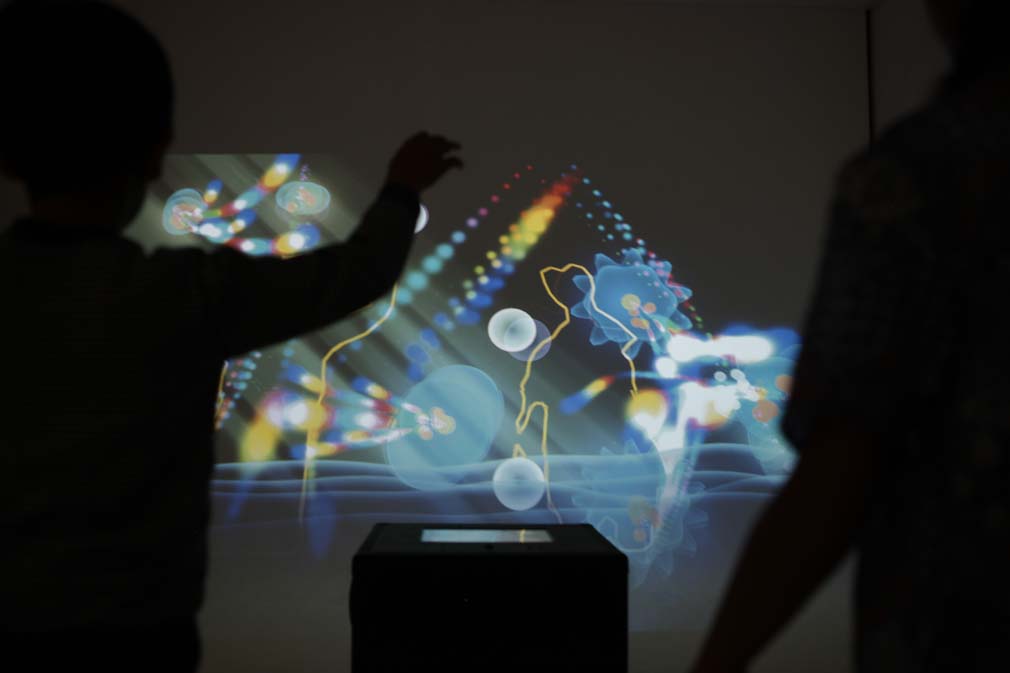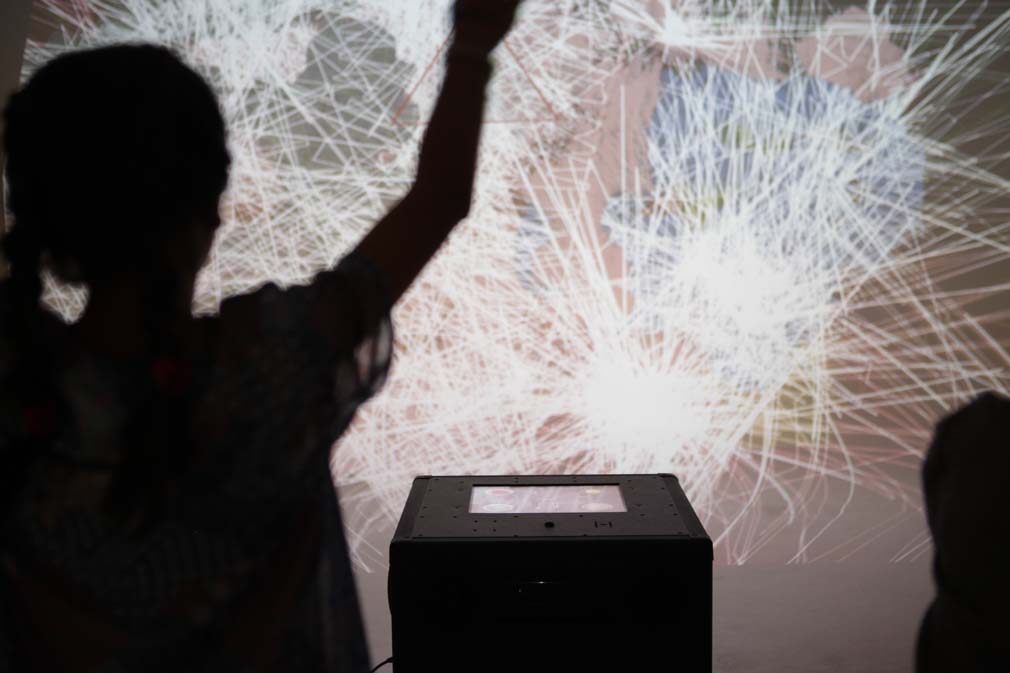
Why inclusive design is fundamental when shaping interactive visitor experiences for real-world attractions
Posted on May 9th, 2023
Making your service inclusive means making sure anyone who needs to can use it as easily as possible, according to Gov.uk.
Inclusive design refers to the practice of designing products, environments, and experiences that are accessible and usable by people with a wide range of individual differences. Companies like Microsoft, share best-practice resources online, in order to help the digital design community to improve services, by learning from people with a range of perspectives. Diversifying inputs to the design process, diversifies the output to the end user.
In the context of real-world visitor attractions, inclusive design is important for many reasons. Web content accessibility guidelines (WCAG) help to standardise online services, but as the world of digital interaction expands its horizons, so do design challenges.
Ambition and the creative use of technology in real-world spaces can at times be shaped for the many, at the expense of the few. Exclusive, immersive attractions don’t always follow best practices in designing for all potential audiences… because it can often be difficult, design decision making has to go through difficult prioritisation processes and there’s often a lack of a precedent, guidelines and even legalities when designing truly unique experiences.
It’s a complex area, sometimes dictated by business needs and budget priorities, over visitor needs. But as digital technologies continue to expand their presence in bringing surprise and delight to immersive visitor attractions, so too does the industry knowledge on practical and pragmatic design solutions when considering a broad range of perspectives.
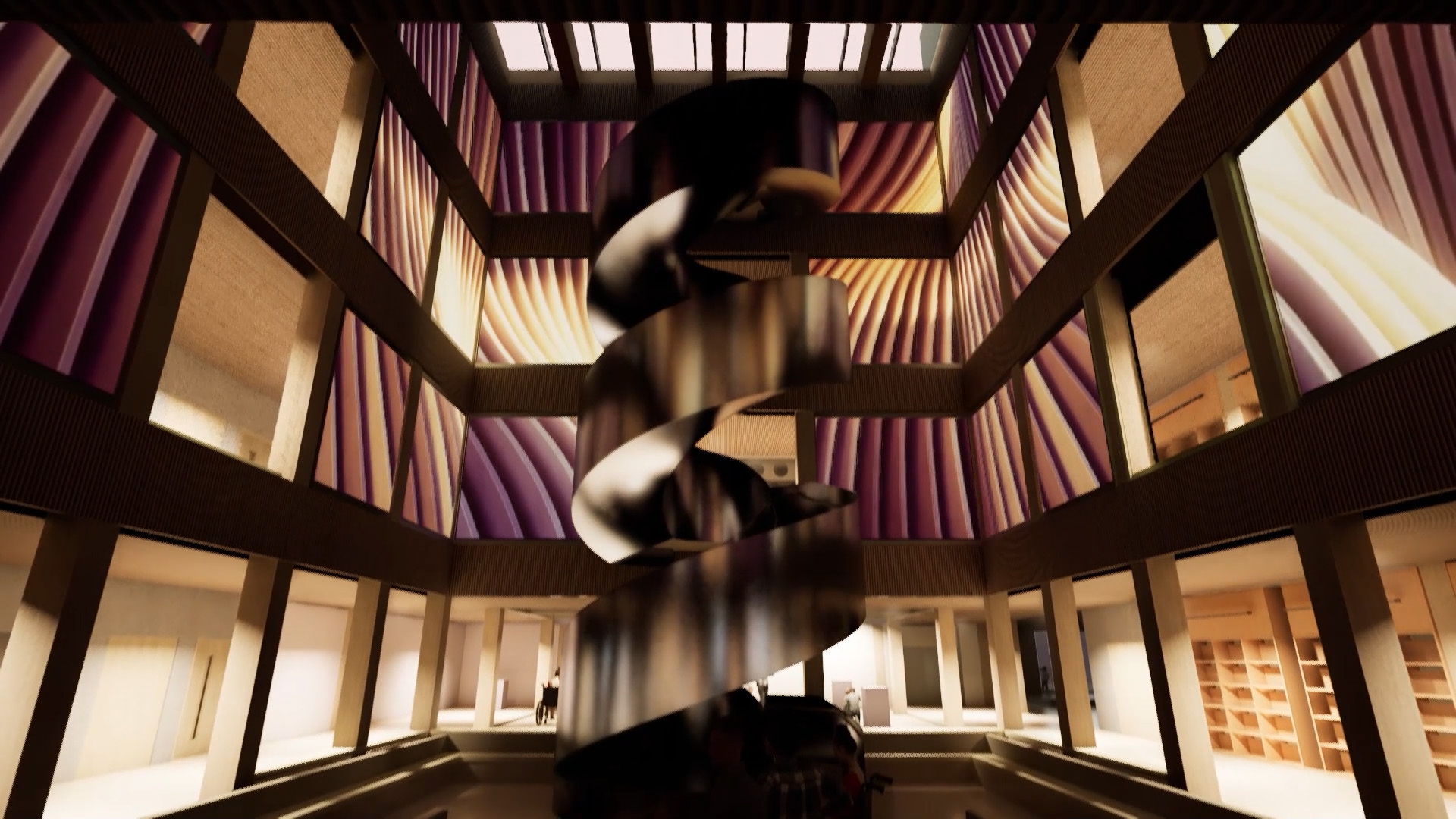
There are many things to consider. Even within the seeper portfolio every project comes with its own unique experience design challenges. We’ve noted in this article a few of the key themes and considerations we chat to clients about.
Inclusive design helps to create an environment that is welcoming and accommodating to all visitors. Visitors to any attraction, be it a museum, theme park or immersive experience, should be able to engage with technology that feels of their world - that sense that ‘yes, this is for me’ that many people take for granted, but many feel disenfranchised from.
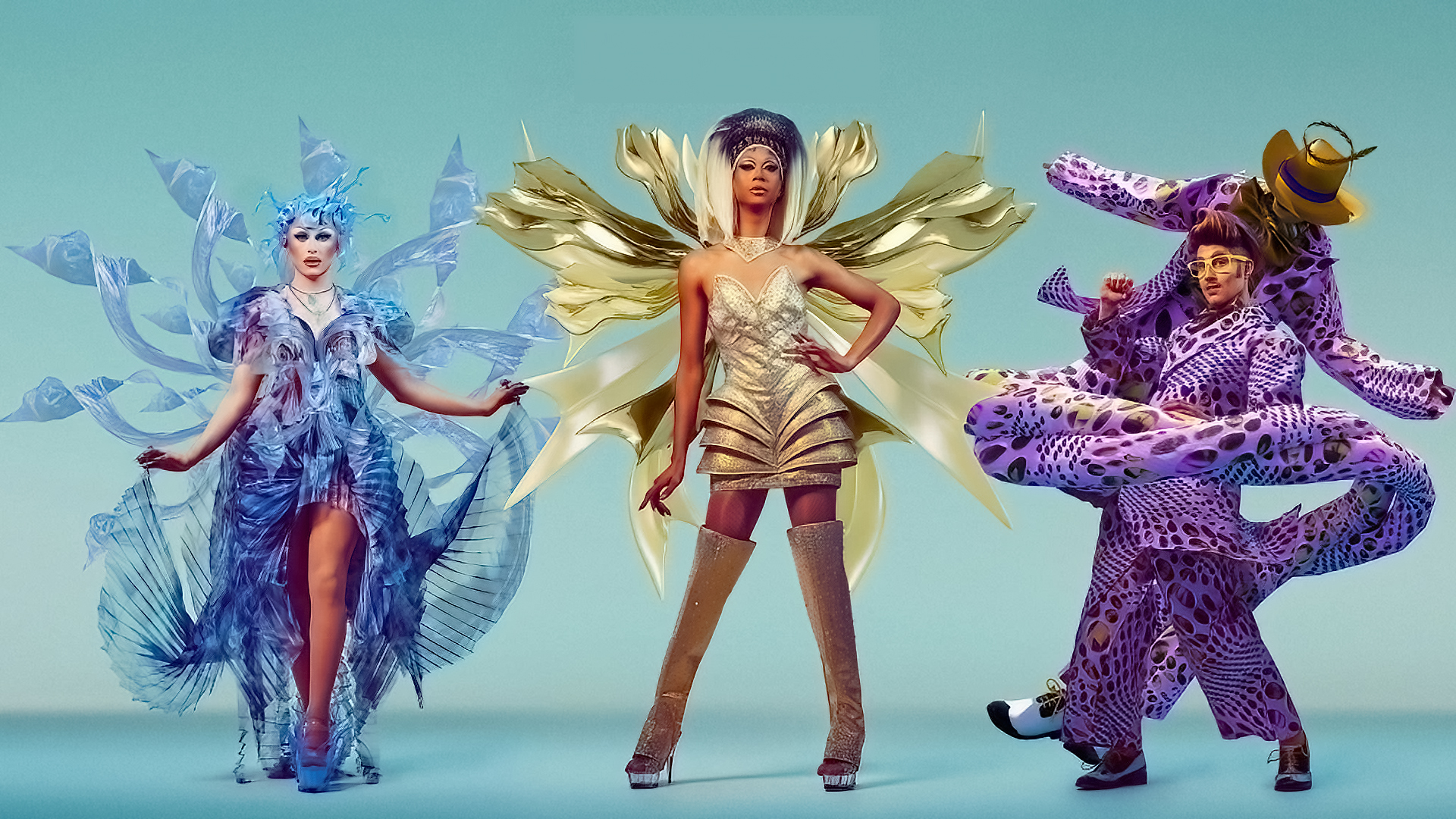
There are often opportunities when crafting digital experiences to consider many visitor needs within a core design, without needing to lean on additional accessibility layers and services. For example, ensuring large, readable fonts are used with high contrast ratios - this is likely to benefit a lot of visitors. We don’t necessarily need to make this an optional mode, perhaps the core design can just work a little harder? This snapshot of do’s and don’ts is a useful crib sheet for any design task.

By designing visitor attractions with accessibility in mind, organisations can ensure that everyone has the opportunity to experience and enjoy them. For example, adding audio descriptions and captioning to a museum exhibit makes it accessible, while installing ramps and elevators makes it accessible to people with mobility challenges. Where these considerations can be centrally conceived, those that rely on these elements will feel included - for example, ensuring the key pathway through an attraction is accessible for all removes the need for visitors with additional accessibility challenges to have to take a ‘different’ route. Likewise, subtitles or captions on video content will certainly help the deaf or hard of hearing, but in a busy visitor attraction it is likely that most visitors could benefit - so why not use captions as standard? Stephen Fry explains in this video why subtitles can be incredibly helpful for those learning to read, not just those that ‘need’ them.
This kind of thinking began to gain momentum in the 1990s, with the term ‘universal design’ used to define the concept that a core design can cater for all needs. The Centre for Universal Design defines seven working principles to focus its thinking in this area.
Inclusive and universal design helps to foster a sense of community and belonging among visitors. When the widest cross-section of society feels included and valued, a wider cross-section is more likely to participate in cultural and recreational activities, leading to a stronger sense of community and social connection. This can have a positive impact on well-being and overall quality of life.
Smart design thinking can also have a positive impact on the bottom line of attractions. By making attractions accessible to a wider range of visitors, organisations can attract new customers and increase revenue. People with disabilities and their families, for example, are a significant market segment that is often overlooked, but they are a valuable source of business and support for attractions. We all have different needs, and by including a diverse range of perspectives in design thinking, we can broaden the appeal of our experiences. We try to keep a close eye on successful approaches in this space, the more industry press reports on accessibility, the more inclusivity becomes the norm.
Inclusive design helps to promote a more diverse and inclusive society. By creating accessible and usable attractions, organisations can help to break down barriers and promote understanding and acceptance of all people. This can help to create a more inclusive society, where everyone is valued and treated with respect and dignity.
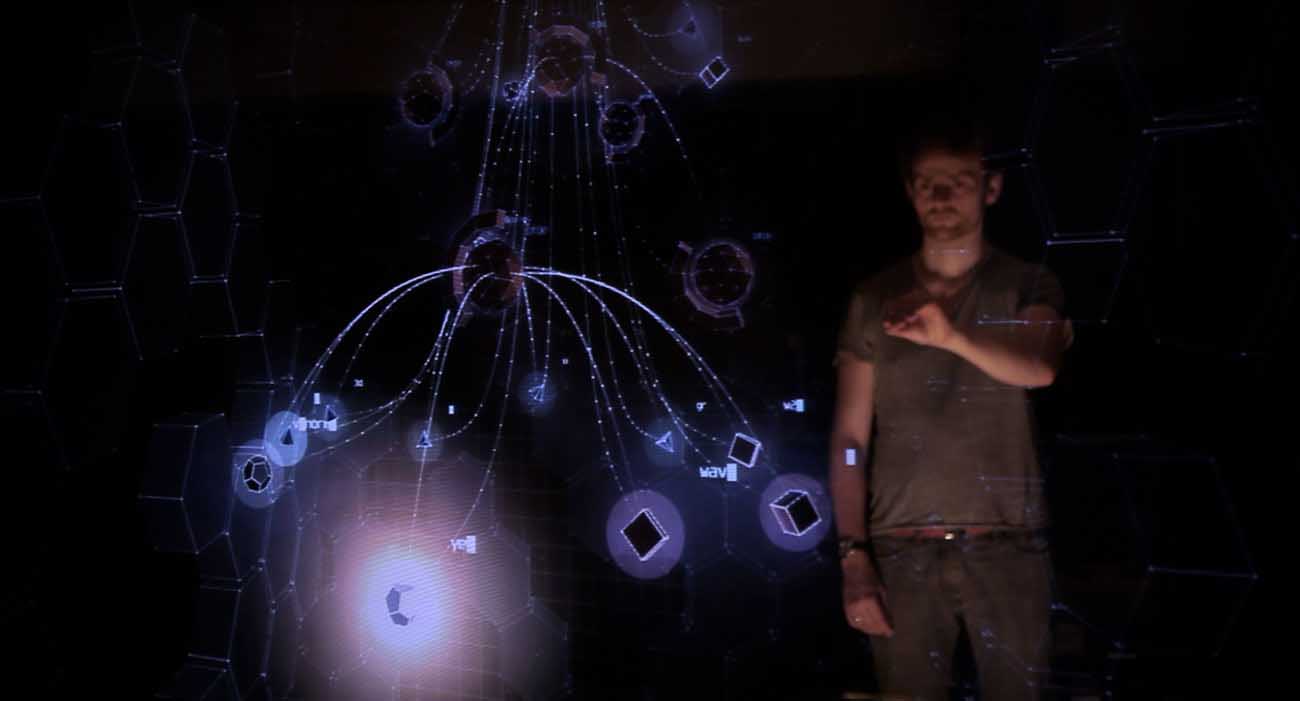
Accessibility is a legal requirement that varies in interpretation in many countries. Failure to comply with regulations can result in legal action and financial penalties, so it is important for organisations to take accessibility seriously and design with inclusive principles in mind. However, in our experience, when innovation is at the forefront of an organisation’s ambition, we are often faced with design challenges that don’t have a precedent - here, pragmatic, creative and user-centred design solutions are required and can take a lot of user-testing and iteration to get right. Thankfully, industry leaders like the Institute for Human Centred Design, Access Smithsonian and MuseWeb are helping to centralise knowledge in this space with free publications that can help to share experience.
Inclusive design is important for real world attractions because it helps to create an inclusive and welcoming environment, foster a sense of community, has a positive impact on the bottom line, promote a more diverse and inclusive society, and meet legal requirements. By designing visitor attractions inclusively, organisations can ensure that everyone has the opportunity to experience and enjoy them, and create a more inclusive and equitable world for all. The answers aren’t always easy, but opening up the conversation and working with experts to design solutions is a positive first step.
Want to talk about your idea or immersive experience?
Get in touch: hello@seeper.com
Related solutions:
